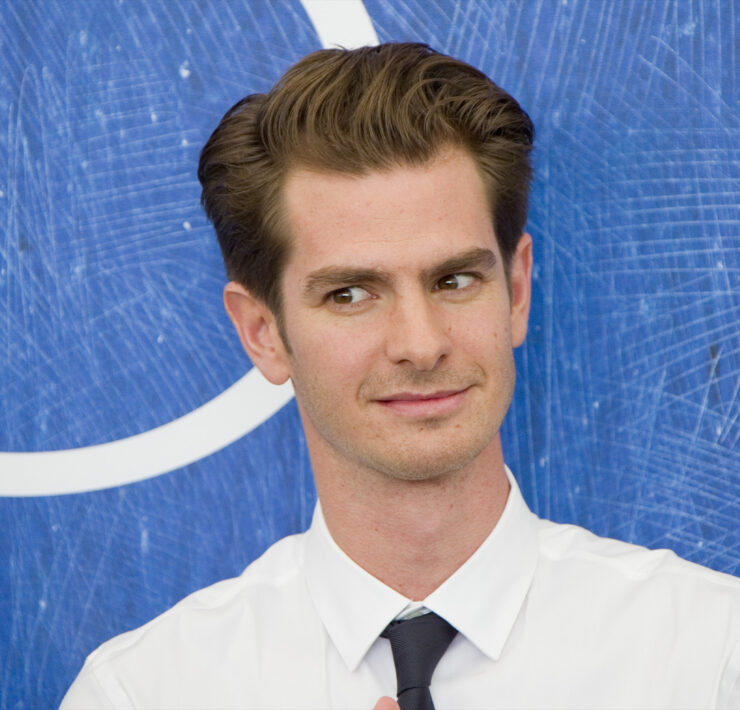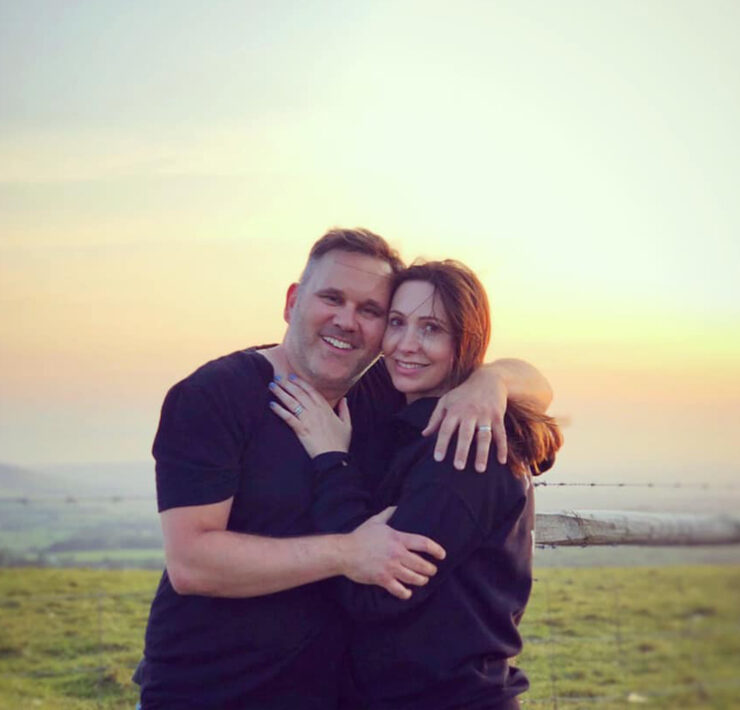At a time when most of America was preoccupied with disco, an innovative young filmmaker drew from the action serials of the 1950s and mythic ideas from across the globe to create his thesis on galactic history. From this, Star Wars burst into pop-culture life with a premise of good versus evil, clear-cut right and wrong and good old-fashioned action. In the late ’70s, when lifestyles had changed dramatically, Star Wars brought to the screen a tale of truth; characters loved and sacrificed for each other in a world of chaos. The people loved it.
Now, nearly 30 years later, movie addicts tingle to hear the scuba-mask breathing and see the sinister Dark Lord come to life. Among these fans are thousands of Christians, content to fit in with other geeks from every tribe, tongue and nation. So, if fantastical movies tend to be questionable to the faith in a lot of other cases, why is Star Wars so endearing to Christians (other than for Yoda’s lightsaber fighting)? The Force can be mystically linked to Eastern philosophies of harmony with the world around you. Ewoks worship C-3PO as a proper protocol idol. And, of course, as Han Solo reminds us, “Hokey religions are no match for a good blaster at your side.”
To get right down to it, stories like Star Wars illustrate the deep longings of humankind and have been passed down from an oral tradition to a visual and written one. Jesus Himself taught in parables to simplify eternal truths. For Christians, the Force is the divine power of God weaved into the universe and reminds us that God’s presence is everywhere for you to call on. Yoda may not be Methuselah, but he is more than 900 years old! I’m not sure you can find Chewbacca’s biblical counterpart, but he serves as a symbol of loyalty, a tested quality of any disciple of Christ.
As I milled around thousands of other fans at Star Wars Celebration III in Indianapolis a few weeks ago, I met up with plenty other Christ-lovin’ Jedi. One friend, who became a close buddy after waiting five hours in line to see George Lucas, said it was all about the story. “It’s good versus evil,” he told me. The upward struggle of the heroes fighting through hard times is what drew him in beyond the special effects and cool costumes. Reflected in the core of the Star Wars saga is the defeat of darkness and the rebirth of light and truth. Good triumphing over evil is the outcome of Christ’s resurrection and the happy ending to God’s story of humankind that Christians can innately feel as a part of the movies.
George Lucas admitted to crowds of eager fans that Star Wars is really Anakin Skywalker’s story. OK, now we don’t feel so bad liking the villain more than we do Luke sometimes. (Insert your favorite whining moment here.) I’m sure there was a collective sigh of relief after Return of the Jedi too, when Vader reveals there is still a heart inside all his black metal. Interestingly enough, the “chosen one” in Star Wars was not the savior but the saved. Christians can identify with Anakin as the tainted one. Sin might have covered our bodies like a black suit, but Christ is the one who reveals our true face before God. We know that in the end Vader is forgiven; now we can see his fall into darkness.
Star Wars also gives fans a lengthy list of heroes to admire. People root for defenders of truth and justice. Why else would a parade of heroes from Superman to Sailor Moon have earned the hearts of the movie-going, comic-reading populous? What else can get adults excited about fashioning a spandex costume to take on the persona of a champion? At a convention last year I saw Batman—no, really it was the Dark Knight himself, complete with a rubber cape. Not to mention my friend who dons blue Twi’lek makeup happily to complete her Jedi costume. In an age of all but honorable role models, the world seems to have a hero complex. For Christians, this is a serious letdown compared to the lives of men and women like Elijah, who called down fire from heaven, and Mary, who was chosen to bear Jesus.
A student of the prominent mythology expert Joseph Campbell, Lucas weaves a pattern of Eastern and Western myths throughout his trilogies. Myths themselves are rooted in the religious. Creation stories were among the first cultural myths that every communicating civilization passed down. In Star Wars, the Western tradition of knighthood combines with the meditative ideals of the East in the altruistic Jedi Order. The Greek tradition of traveling into darkness to slay a horrible creature is seen throughout the trilogies, as in Luke’s battle with the rancor.
Still gripping the original ideals of myth, the prequels seem to also delve into everyday struggles of the world as we know it. Episodes I, II and III represent a changing world that twentysomethings experience every day. A world prone to war and distrustful government agents seems all too familiar. As the republic spirals down to a military state, the Jedi are all but torn in half trying to keep peace from one side of the galaxy to the other. Like Padmé Amidala and the other senators, we lose power and voice to the more rich and prominent generations. Though, for all the darkness there’s still hope. Those who have an ideal are moving behind the scenes and challenging the status quo. Maybe we’re generation Rebel Alliance. Still another hook for Christian hipsters of today.
With the ending of the new trilogy, fans have seen the downfall of Anakin Skywalker into Darth Vader and the domination of the Empire. It makes sense, doesn’t it? We know the outcome is the triumph of the Rebel forces, but the grief that leads to victory is essential in a good versus evil battle. Christians know the outcome of Christ’s resurrection, but perhaps the most moving part of the Bible is the death of Christ on the cross and the horrors He endured for mankind. Without a struggle, the victory just doesn’t seem worth it.
With two trilogies completed, there really is a new and old testament of Star Wars. Like Christians who’ve seen the victory first, now we get a chance to look back at the darkness before the triumph of good over evil. Episode III is about betrayal. Is it really a coincidence then that Episode IV is called A New Hope?
[Christie Hudon is a true Star Wars nerd who dresses up at conventions and collects action figures from the saga. She has a degree in creative writing and looks forward to one day publishing her children’s stories. Her favorite character? Padmé Amidala with Yoda as a close first and a half.]
READ MORE PROGRESSIVE CULTURE | POST COMMENTS BELOW




















